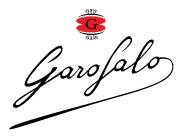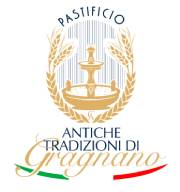Features
Gragnano is recognised as "City of Pasta".
This definition concerns the history of pasta.
In 1500s poor people needed to have food supplies; so, the first little pasta factories were established in this area of mills and wheat:
flour of that wheat already used to became bread in the Romans period to provide Pompei, Ercolano, Stabiae.
The 1800s marked the great development of pasta in Gragnano: large pasta factories are born.
In the mid-1800s, there were more than 100 pasta factories.
In 1845 the King of Naples's reign - Ferdinando di Borbone - authorized the Gragnano's pasta makers to officially supply the court of all the long shaped pasta.
So Gragnano becomes the "City of Pasta".
NOTE
In that period the urbanistic development of the city took in count the direction of the street in relation with wind directions, sun exposure. Are famous the images of Gragnano streets with rows and rows of pasta to be dried.
With the industrialization of Northern Italy (during 1900s) begins a difficult
period for Gragnano, unable to compete with new machinery and larger resources
of northern Italy. Many pasta factories closed.
However, in recent decades, Gragnano and its pasta factories have managed to relaunch a historic product that is now increasingly appreciated in Italy and exported around the world.
GRAGNANO PASTA:
other pasta factories and images



